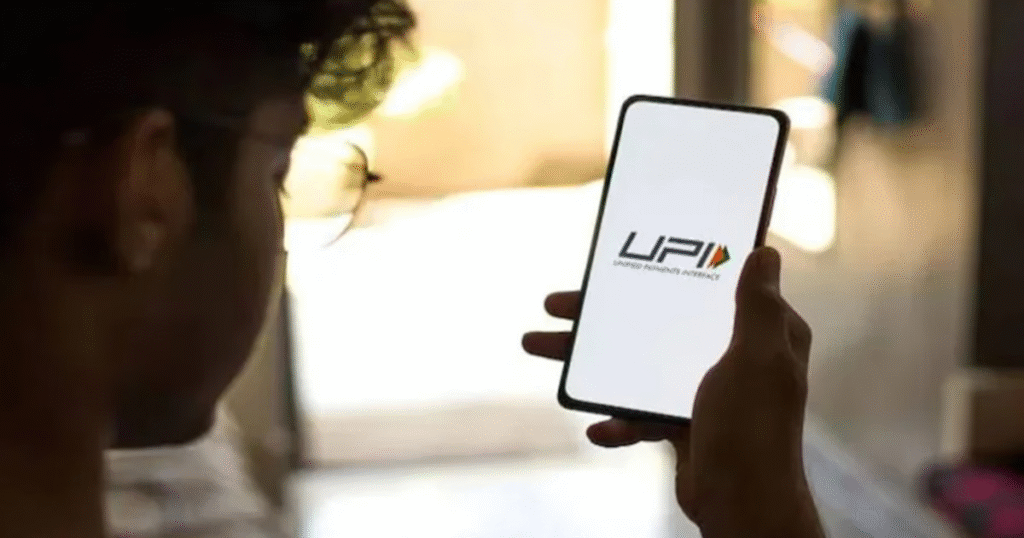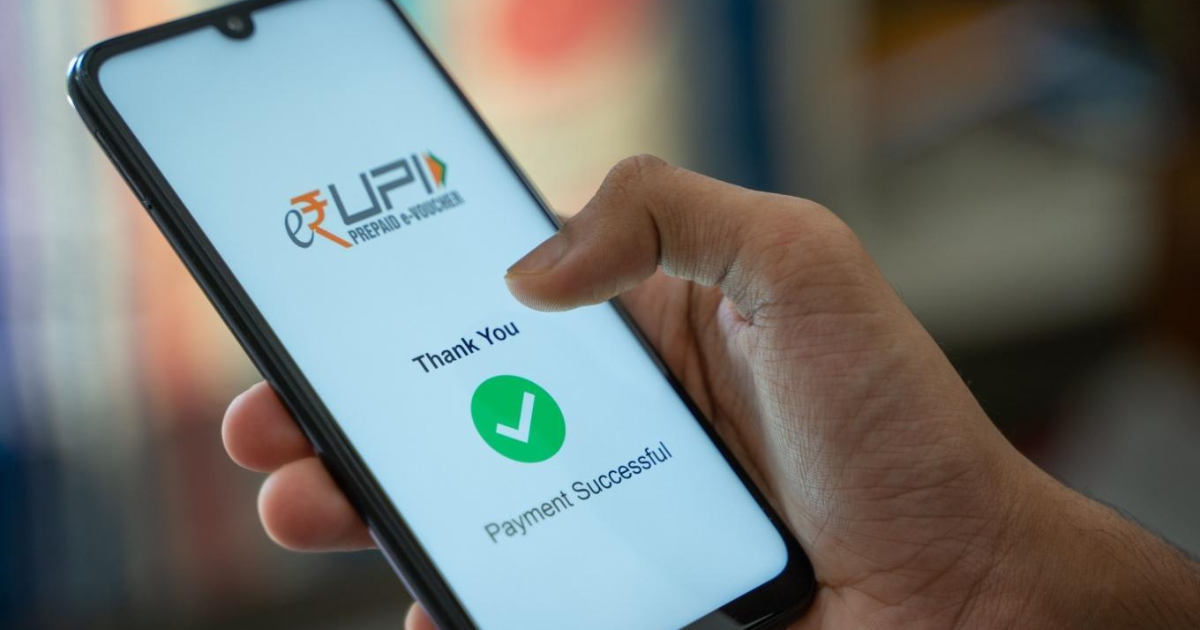India’s cashless economy faced a sudden jolt on May 12, 2025, when the Unified Payments Interface (UPI) system experienced a massive nationwide outage. From street vendors to large retailers, everyone depending on apps like Paytm, Google Pay (GPay), and PhonePe was affected.
This article explains the root cause of the issue, its widespread impact, how users reacted, and what actions you can take during such outages. If you rely on UPI, this is a must-read.
What Happened During the UPI Outage?

As per reports from platforms like Downdetector, users across multiple cities faced failed UPI transactions on May 12 starting from 7:00 PM IST.
Here’s what users experienced:
- “Transaction failed” errors while using UPI apps
- Delayed or missing transaction notifications
- QR code scans not responding
- Payments stuck in processing
Soon, hashtags like #UPIDown, #PaytmNotWorking, and #GooglePayFailed began trending on Twitter (X).
Why Was UPI Down?
The National Payments Corporation of India (NPCI), which oversees UPI infrastructure, has not issued a detailed public report yet. However, based on past similar incidents, several possible reasons are being considered:
1. Server Overload at Partner Banks
- Sometimes excessive API requests from banks overload UPI servers.
- Banks with poor server maintenance often trigger cascading issues across apps.
2. Scheduled Maintenance or Technical Glitches
- Maintenance windows by banks or NPCI, if not properly communicated, can lead to panic and confusion.
3. Dependency on Internet Infrastructure
- Even a temporary disruption in backend internet services or cloud networks (like AWS or Google Cloud) can halt real-time UPI payments.
Which Apps Were Affected?
The outage affected all major UPI-enabled apps, including:
- Paytm
- PhonePe
- Google Pay (GPay)
- BHIM App
- Bank-specific apps like SBI YONO, Axis Mobile, ICICI iMobile
Impact on Businesses and Users
India is one of the world’s largest users of digital payments. When UPI services fail:
- Vendors lose sales: Especially in metros where UPI is preferred over cash.
- Travelers get stranded: Many rely on UPI for metro cards, auto/taxi fares, and hotel check-ins.
- Food deliveries get delayed: Orders get canceled due to failed payments.
- Consumers panic: Especially when payments are deducted but not received.
How Users Reacted on Social Media
Within minutes of the disruption, users flooded Twitter, Instagram, and Reddit with reactions:
- Some shared screenshots of failed transactions.
- Others posted memes with captions like “Cash is king again!”
- Many demanded clarification from NPCI and banks.
This highlights the trust gap that can emerge during digital breakdowns and the need for more transparent communication from fintech providers.
What to Do If UPI Goes Down Again

To avoid inconvenience during such outages, follow these practical tips:
1. Always Carry a Backup Payment Option
Keep a debit/credit card or a small amount of cash on hand for emergencies.
2. Use Multiple UPI Apps
Sometimes, the issue is with a single app or bank. Having more than one UPI-enabled app gives you alternatives.
3. Report the Issue
Use the in-app help section or reach out to customer support via email or social media.
4. Check Transaction Status Later
Even if your transaction is “pending,” it might be processed later. Monitor your bank messages or UPI history tab.
Steps NPCI and Banks Must Take
To prevent such outages in the future, experts suggest:
- Upgrading server capacity during peak hours
- Transparent outage communication via push notifications or banners inside apps
- Creating a fallback mechanism that allows limited transactions even during technical failures
The goal must be to ensure trust, reliability, and resilience of India’s digital payment systems.
Frequently Asked Questions (FAQs)
Q1. What is UPI and how does it work?
UPI (Unified Payments Interface) is a real-time payment system developed by NPCI that allows money transfer between bank accounts via mobile apps.
Q2. Is my money safe during a failed UPI transaction?
Yes. In most cases, the bank automatically reverses failed transactions within 48 hours. If not, contact customer care.
Q3. Can UPI go down often?
While rare, UPI can face outages due to technical or infrastructural issues, especially during high traffic or server overload.
Q4. What should I do if I’m stuck during a UPI outage?
Try alternative methods like credit/debit cards or cash. Avoid making multiple attempts, which may lead to double deductions.
Q5. Will I be compensated for failed UPI transactions?
UPI guidelines require that failed or stuck transactions be resolved with refunds, but compensation beyond that isn’t common.
Conclusion: Is UPI Still Reliable?
While UPI remains one of the fastest and safest digital payment systems globally, the recent outage shows the importance of maintaining infrastructure, transparency, and backup options.
This incident should act as a wake-up call for all stakeholders — from app developers to banks — to improve server capacity, communication, and trust-building mechanisms.
As a user, you can stay prepared and informed to minimize the inconvenience next time.







